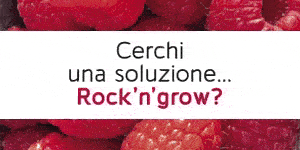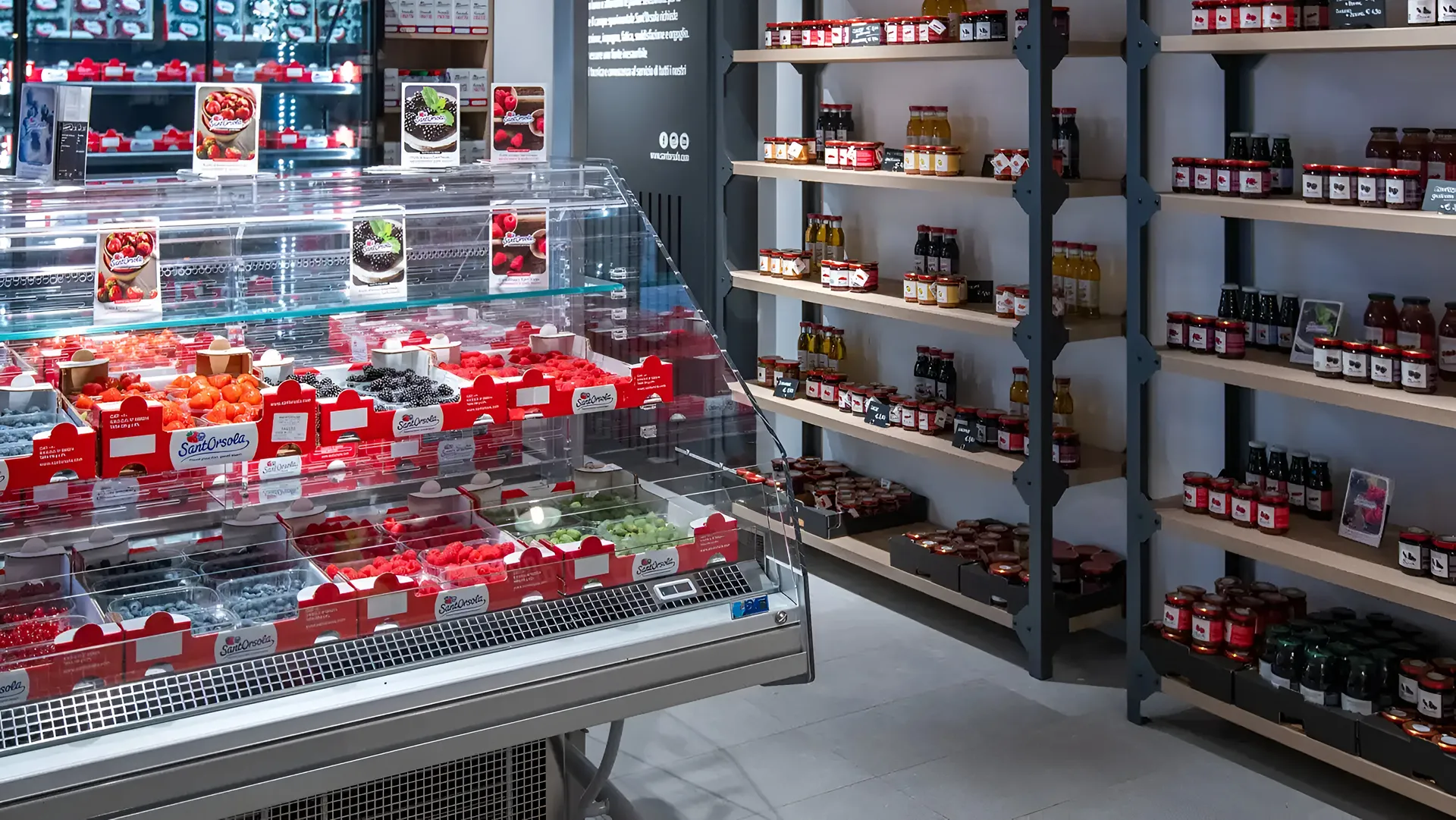Harvesting is the highlight of the producer's annual work. Both planning and the actual harvesting activity at the time of ripening are also important for blueberries .
When planning the harvest period of a blueberries plant, two main aspects should be considered: the production area and the length of the harvest period.
PRODUCTION ZONES
In Italy, the production areas can be divided into three areas: North, Centre and South-Islands.
The production area determines first of all the seasonality of the harvest: in the southernmost areas it is possible to harvest much earlier than in the Centre and the North. Due to these differences there can be a delay of more than 4 months between the South and the North in the first harvests. Thanks to the variability of the climatic conditions that characterise the Italian peninsula, it is possible to have fresh produce being harvested from February (Sicily) to September (Northern Italy).
For each climate zone, the grower will have to carefully assess which varieties are best suited to the conditions in his area: there are varieties that have been specially selected for different climates, depending on the hours of cold.
COLLECTION CALENDAR
Once the grower has determined which varieties are best suited to his climate, he should consider when he wants to schedule the harvest. Early, medium and late varieties are available for each zone.
If the grower wants to cover only a limited marketing period, he can concentrate on one variety. If, on the other hand, the producer wants to maximise his presence on the market and extend his harvesting schedule as much as possible, he will have to select between 3 and 4 varieties (early, medium and late varieties) in order to ensure the right scale.
The harvesting calendar in Italy starts in February in the South and ends in September in the North.
| South and Islands | Centre | North | |
| February | Early | ||
| March | Early | ||
| April | Medium | Early | |
| May | Medium / Late | Early / Medium | |
| June | Late | Medium | Early |
| July | Late | Early / Medium | |
| August | Medium | ||
| September | Late |
WHEN TO COLLECT
Harvesting of blueberry should be done when the fruit is completely coloured blue. The fruit ripens from the outside towards the stalk, so care must be taken when picking to avoid picking partially unripe fruit.
Harvesting too early has two disadvantages: the fruit loses both quantity (weight and size have not yet fully developed) and quality. Immature fruit, once picked, does not ripen any more. The colour changes but the taste of the fruit picked too early remains sour and does not improve after picking.
Harvesting only when fully ripe means that you normally harvest from the same plant every 7 days. So it tends to take at least 4-5 harvest cycles, with peaks of up to 10 times in southern Italy.

While these are indicative average figures, it has to be kept in mind that maturity scalarity is a characteristic that may differ from variety to variety. In breeder selection, scalarity is not one of the main benefits taken into account, but it is nevertheless important because it has an impact on two fundamental labour aspects: the cost of harvesting and the number of pickers needed. In times of agricultural labour shortages, this factor is also becoming increasingly important in the evaluation of varieties.
The frequency of harvesting can be extended in the case of varieties that are harder and more resistant on the plant. For some varieties, it is not necessary to pick the full-coloured fruit immediately, but it can be left on the plant without it becoming tender too quickly. These are varieties with new genetics in which hardness has been selected as an important evaluation parameter. In this case, it is possible to delay the harvest and at the same time improve the yield (weight and size) and taste qualities.
HOW TO COLLECT
Harvesting blueberries by hand is not particularly difficult: simply cup your hand and gently pull the berries off with your thumb. The picker must be careful to remove the fruit from the stalk: from a commercial point of view, the stalk is considered a foreign body and should never remain attached to blueberry.
HYGIENE
For blueberries , the hygiene rules that are now also part of the most widespread specifications such as GlobalGap, which requirecareful hand hygiene during collection operations, apply first and foremost. It is necessary to wash hands after using the toilets (fixed or portable) and to use clean water (possibly from special tanks), soap and wipes. During harvesting it is advisable to wear gloves, a hair cap and not to wear rings or earrings (this requirement is contained in the BRC specification).
In addition to personal hygiene, rules must also be followed to preserve the hygiene of the field. Not accidentally dropping blueberries during harvesting and picking defective fruit separately is a necessary prevention against attacks by harmful insects such as Drosophila suzukii and others.
WHERE TO COLLECT
Traditionally, blueberry is picked directly into the 125g basket in which it is offered for sale to the public. This minimises handling, preserves the quality of the fruit and the presence of pruine, a natural wax that protects the integrity of the blueberries.
However, large retailers are diversifying their commercial needs and formats and weights are multiplying: there are different types and shapes of baskets, plus glasses and jars, all available in a dozen different net weights ranging from 100g to 500g. For this reason, it is becoming prevalent to collect in larger packages (500g or 1kg baskets) or directly in bulk 2.5-3.5kg cartons: this allows, in a second stage of processing, blueberries to be packaged in the packaging required at that moment by the end customer.

COLD CHAIN
Once harvested, blueberry must continue its life with strict cold chain management. This means lowering the temperature quickly and keeping it strictly throughout all stages of processing, storage and distribution.
This content has been developed with the technical support of:

All rights reserved
Cover photo: @cogswell_creations












